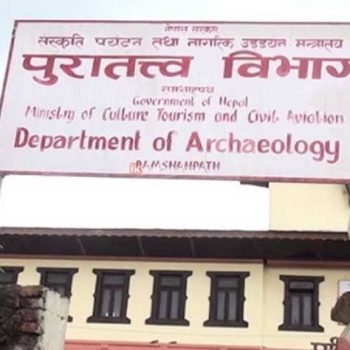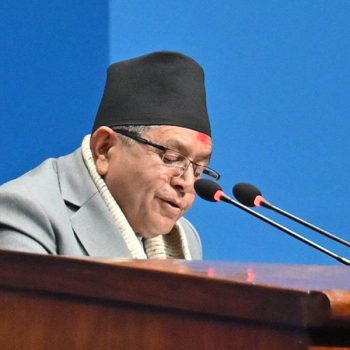Allegations of cheating surface as Rohit Sharma’s ‘Retired Out’ move is backed by umpire amidst pressure
 NepalPress
NepalPress

KATHMANDU: In a breathtaking encounter at the Chinnaswamy Stadium in Bangalore on Wednesday, India emerged victorious over Afghanistan in the third T20 match, ultimately securing the win in the second super-over after both the regular 20-over match and the initial super-over ended in ties.
Opting to bat first after winning the toss, India set a target total of 212 runs in 20 overs. The Afghanistan team responded with an equal score in their innings, forcing the game into a super-over.
During the first super-over, Afghanistan’s Gulbadin Naib and Mohammad Nabi faced India’s fast bowler Mukesh Kumar. Gulbadin was run out on the first ball, and Ramanullah Gurbaz joined Nabi to accumulate 16 runs in the remaining 5 balls.
As India took the crease for their turn, openers Rohit Sharma and Yashasvi Jaiswal faced a challenging task of scoring 17 runs in 6 balls. With only 2 runs from the first two balls, Rohit Sharma’s consecutive sixes brought India back into contention. Requiring 3 runs from the last two balls, Rohit ran for a single on the fifth ball but surprised everyone by declaring himself retired out before the last delivery. Jaiswal could manage only one run on the final ball, resulting in a tied score.
Per cricket rules, a ‘retired out’ batsman is not allowed to bat again on the field. However, Indian coach Rahul Dravid, batsman Virat Kohli, and other Indian cricket team players pressured the umpire, contending that Rohit was not dismissed but retired.
Despite the fact that a retired out is considered equivalent to dismissal, the umpire yielded to the Indian team’s insistence, allowing Rohit Sharma to bat in the second super-over. Rohit capitalized on this opportunity, scoring 11 runs in the first three balls, including a six and a four, setting a target of 17 runs for Afghanistan.
In the subsequent super-over, Afghanistan lost two wickets in the first two balls, conceding victory to India in a high-stakes and controversial encounter that will undoubtedly be remembered in the annals of T20 cricket history.
The decision to allow Rohit Sharma to bat in the second super-over, despite the rules stating otherwise, has ignited debates and discussions within the cricketing community, highlighting the need for a thorough review of such contentious situations.














